Expertise
The situation in pig keeping
Jochen Hahne | 30.06.2022
Exhaust air from animal housing contains particulate matter, bio aerosols, ammonia and a multitude of odorants. Particulate matter and adherent bio aerosols may affect respiratory diseases and allergies. Ammonia contributes to acidification of surface waters and soils via microbiological oxidation to nitrite and nitrate. Odorants in the vicinity of animal husbandry are a nuisance.
To a large extent, modern and approved exhaust air treatment systems are able to reduce these emissions very effectively. Bio filters are predominantly used to reduce odorants and particulate matter in pig keeping (Fig. 1). Bio filters have proved to be of value for many years. If bio filters are properly dimensioned and operated, the reduction of odorants is so effective that no typical pig smell can be noticed in the outlet air. Particulate matter is reduced with an efficiency of between 80 and 90 %.
The ammonia separation in bio filters is, however, problematic. Ammonia derives predominantly from animal faeces and is carried out of the stable via ventilation. The ammonia separation in bio-filters results inevitably in an increase of nitrogen in the bio-filter material. The bio-fiIter material has to be replaced regularly to keep it operable (Fig. 2). The aim of the work in the Thünen-Institute is to improve the bio-filter operation with technical measures in such a way that both an efficient and far-reaching ammonia separation and as well as the removal of nitrogen from the system in usable form can be secured.
In many cases, exhaust air scrubbers or multi-stage operations are used in animal farms (Fig. 3 and 4). The systems secure an ammonia and particulate matter reduction of at least 70 % and the retention of all process-typical odorants. The number of exhaust air treatment systems in German pig keeping has increased strongly because of soaring legal obligations on emissions control and the decreasing acceptance of animal husbandry. More than 1,000 exhaust air treatment systems have already been installed on German farms (Fig. 5).

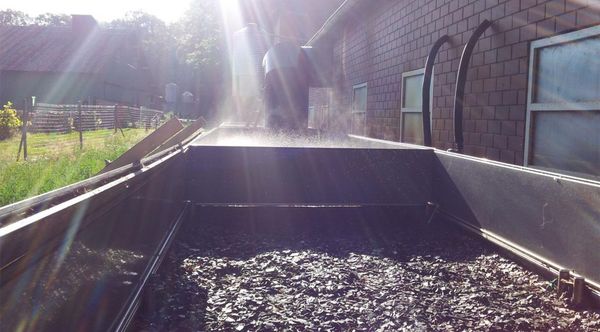
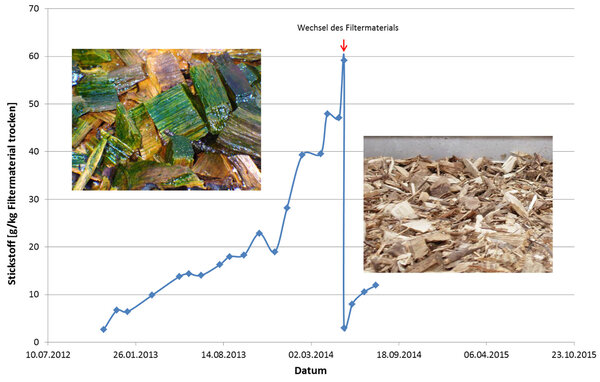
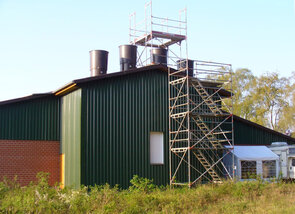
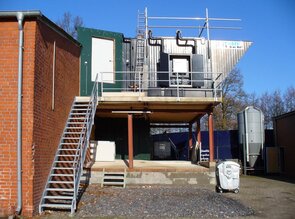
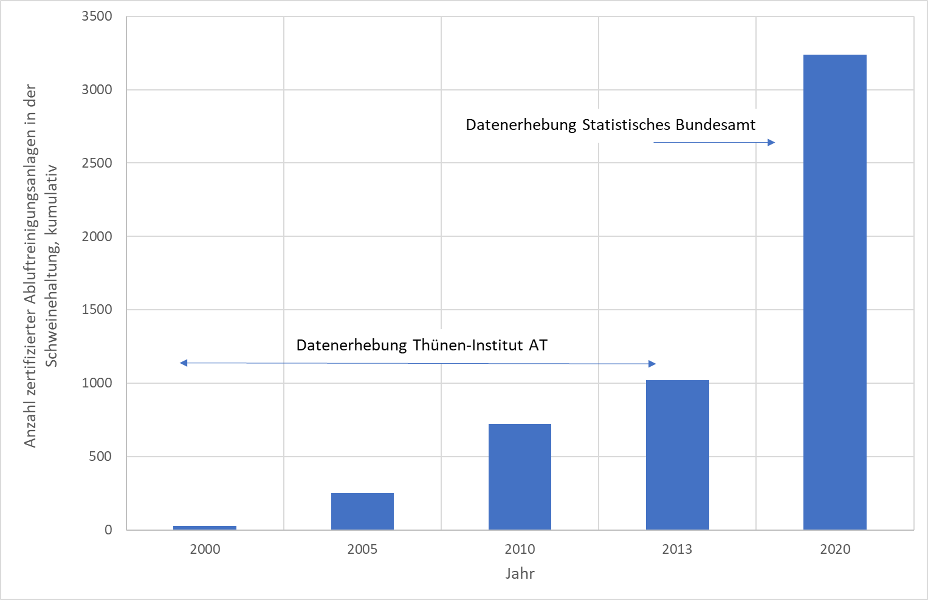
![[Translate to English:] Logo des Bundesministerium für Ernährung und Landwirtschaft](/media/allgemein/logos/BMEL_Logo.svg)